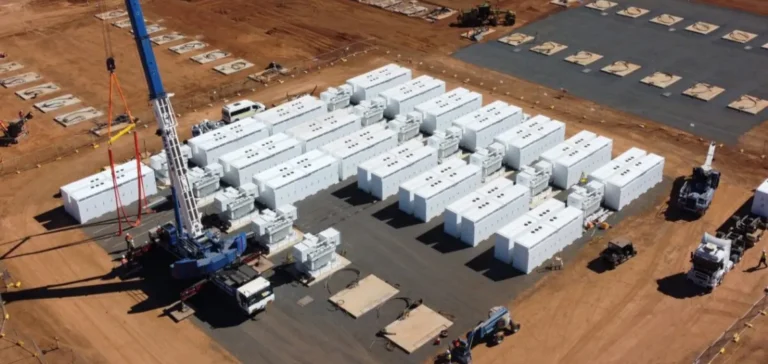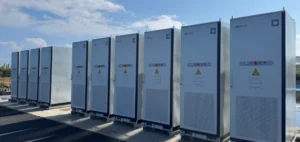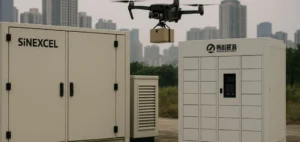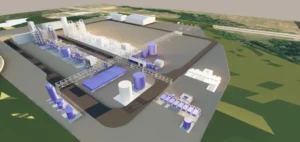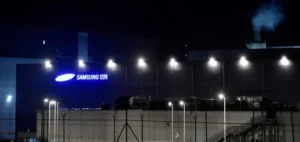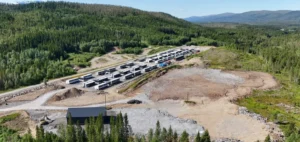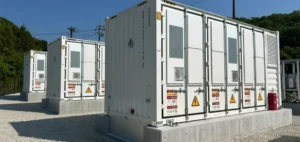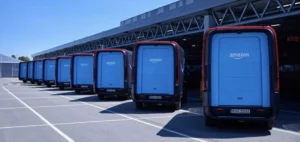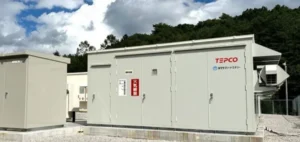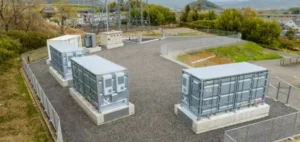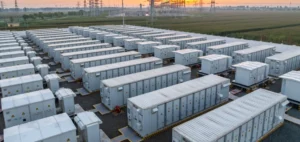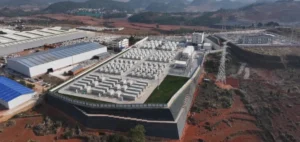The Australian government has selected sixteen energy infrastructure projects under the third round of its Capacity Investment Scheme (CIS), representing a capacity of 4.13 GW and 15.37 GWh of storage in the National Electricity Market. All selected projects will deploy lithium-ion batteries to support peak demand.
This selection round forms part of the national target to reach 40 GW of renewable and dispatchable capacity by 2030. CIS Tender 3 received a total of 124 bids, representing 34 GW of power and 135 GWh of storage. The tender aimed to award 4 GW/16 GWh of dispatchable capacity.
Victoria leads in awarded capacity
The selected projects will be mainly located in the states of Victoria, New South Wales, Queensland and South Australia. Victoria accounts for the largest share with 1,335 MW, followed by New South Wales with 1,250 MW, Queensland with 1,095 MW, and South Australia with 450 MW.
Awarded companies include Lightsource bp, ACEnergy Pty Ltd, Equis and Akaysha Energy. The selected portfolio represents an estimated AUD3.8bn ($2.53bn) in investment, with a portion allocated to local content and First Nations benefits totalling AUD218.8mn.
Stabilising the national grid
The implementation of these projects is expected to be completed by the end of 2029. Government forecasts indicate that around 1,900 jobs will be created during the construction phase. The federal government also stated that nineteen agreements have already been signed since the CIS programme began, totalling 5.85 GW of combined generation and storage capacity.
The Capacity Investment Scheme was designed to support the transition of Australia’s energy system towards a more flexible mix by integrating dispatchable renewable power. The Federal Minister for Energy confirmed the scheme is progressing “to ensure a modern and reliable grid”.


